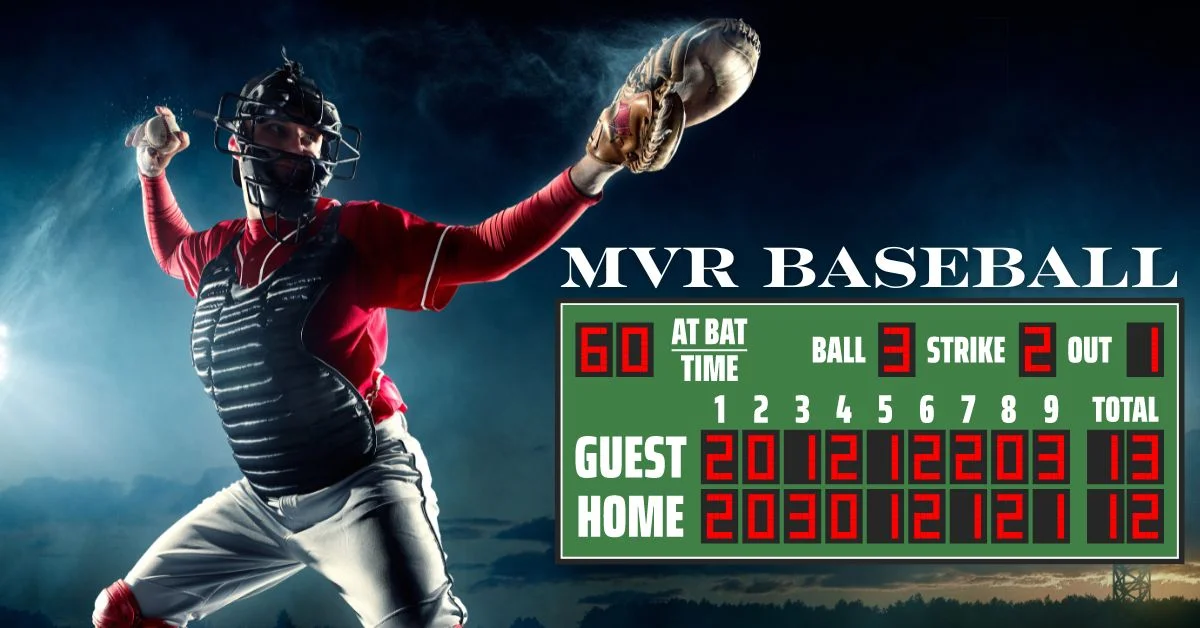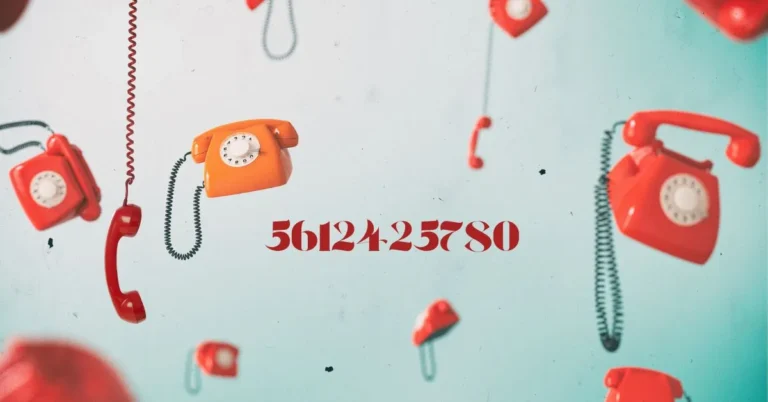What is the MVR Baseball Scoreboard?—MVR Explained
In this blog, you will learn about MVR Baseball. A column labelled MVR is usually tucked amid the numbers for runs, hits, and errors as one looks up at the majestic scoreboard in a baseball stadium. In this ever-changing arena, MVR plays a crucial role, and as fans, we love to watch the complex movements and strategy changes that teams use to win.
Whether you’re a seasoned baseball fan or just starting out, you might be wondering: What does MVR mean in baseball? The term MVR, which stands for Mound Visits Remaining, became an integral part of MLB rules in 2018 and was officially added to the scoreboard that year.
As a phrase commonly used to describe the pitcher’s mound, or “the hill,” MVR takes on added importance. There are heated debates that take place around the mound, which is prominently placed in the middle of the infield. With every trip to the mound, someone from the team’s management, pitching coach, catcher, infielders, or even another pitcher takes a strategic break to reevaluate strategy, reassure players, or arrange for a change in pitching.
Wondering what Major League MVR Baseball might be? Come explore its relevance, meaning, and effect on the game’s dynamics with us.
What Does the MVR Baseball Mean? What is MVR’s purpose?
With the introduction of a new column on the scoreboard in 2018, the idea of Mound Visits Remaining—the MVR Baseball—was codified into the official MLB regulations.
The pitcher’s mound, sometimes called “the hill,” is a mound in Major League Baseball, as you may be aware. If this is your first baseball game, you can probably locate the mound by glancing towards the center of the infield, where you’ll see a slightly sloping region devoid of verdant grass.
A “mound visit” is defined as an approach to the pitcher’s mound. Who then gets to make this kind of visit, and why?
To begin, it may be anybody from the manager or pitching coach to the catcher or even another pitcher from the team.
The major goal of a 30-second intermission is to give the pitcher a chance to regroup and discuss a new strategy or tactics, go over any necessary pitching changes, or just make sure they’re ready to go before the game starts again.
The MVR statistic is useful for baseball teams since it shows how many mound visits are remaining until the game is over.
What are the MLB Mound Visit Rules?
MVR Baseball scoring follows regulations to maintain team equity and minimize disruptions during play. These are some significant mound visitation guidelines that you should be aware of:
In a nine-inning game, there are five visits permitted for each team. This regulation has been in effect since 2019, as there were six permitted mound trips per game in 2018.
Every visit has a time limit of thirty seconds on average.
Only one visit from the coach or manager team to the pitcher is permitted per inning. Furthermore, the pitcher is not allowed to move from his position on the mound during the brief talk. If not, he has to be changed during the game.
If the pitcher is visited twice in one inning, the coaching staff will also take him out of the game.
Additionally, in games where extra innings are played, each side is permitted one more visit every extra inning; a pitching change is not required during this visit.
In addition to these fundamental guidelines, the MLB’s Official Baseball Rules contain all the information about mound visits left.
What are the exceptions for a mound visit?
As with any game, there will be exceptions for unusual or special situations when fair play cannot be achieved by strictly adhering to the rules. The umpire should have the authority to make the following exceptions:
The team can visit the mound to assess the pitcher’s health if there is a chance of an injury.
When there is a cross-up, complicated signals cause the catcher and the pitcher to miscommunicate. The catcher is then granted an additional visit without incurring any penalties.
The team’s infielders can also move toward the mound to clean the pitcher’s rubber with the scraper, which will remove mud and grime from any spikes or cleats. Consequently, it does not qualify as a mound visit as long as the infielders only concentrate on cleaning and do not converse in any way.
When the ball is dead and the offensive team can move to the pitching mound without losing an MVR, they use pinch hitters or substitute batters.
Understanding the Significance of MVR Baseball
Our knowledge of baseball has expanded to include a new dimension thanks to the addition of MVR to statistics. Mound visits were not previously recorded as a statistical category, but with the advent of MVR, teams now have an objective indicator of their capacity for planning ahead and making adjustments throughout a game.
MVR gives teams useful information about how many more chances they have to talk with their pitchers and make decisions that could affect the game’s outcome. Teams can maximize their gameplay and resource management by being aware of how many mound visits they have left.
Strategic Implications of MVR
Teams use mound visits as a tactical ploy to outmanoeuvre their opponents. Mound visits have a big impact on how a game plays out, whether it’s for talking pitching strategy, comforting a worried pitcher, or changing the defensive alignment.
Teams are only permitted a certain amount of mound trips per game; thus, they must be used carefully and tactically. Managers and coaches need to carefully evaluate the circumstances to decide when it makes the most sense to request a mound visit.
Impact on Pitcher Performance
Mound visits may be a godsend or a curse for pitchers. On the one hand, a strategically placed visit from the coaching staff can offer much-needed direction and encouragement, assisting the pitcher in regaining confidence and focus. However, too many trips to the mound can throw off a pitcher’s rhythm and focus, which could result in a drop in performance.
Pitchers have to learn how to strike a balance between the advantages of visiting the mound and the requirement to keep their composure and momentum there. Pitchers can optimize their performance by making the most of every mound visit and remaining mentally prepared and open to coaching.
Fan Engagement and Spectator Experience
Mound visits, in the eyes of fans, give the game a sense of excitement and mystery. The players gather around the pitcher’s mound as soon as a manager or coach steps onto the field, thrilling the spectators.
Mound visits provide players with a peek at the strategic talks and decision-making processes that take place behind the scenes, giving them insight into the inner workings of the game. Seeing a pitching change, a heated argument between players and coaches, or just taking in the teamwork and camaraderie on exhibit are just a few of the experiences that make mound visits an enriching part of the game for spectators.
Conclusion
Understanding MVR Baseball is crucial for both players and fans alike. It adds strategy and depth to the game while ensuring fair play. By knowing the rules and exceptions surrounding MVR, teams can better plan their tactics and adapt to various in-game situations.
FAQs
What happens if a team exceeds the limit of mound visits?
If a team exceeds the allotted number of mound visits, it can result in penalties such as fines or other disciplinary actions by the league.
Can a team request more mound visits under special circumstances?
Yes, under certain circumstances like potential injuries or miscommunications, umpires may allow additional mound visits beyond the standard limit.
Are there any restrictions on what can be discussed during a mound visit?
While there are no explicit restrictions on topics, mound visits are typically used to discuss strategy, assess player







